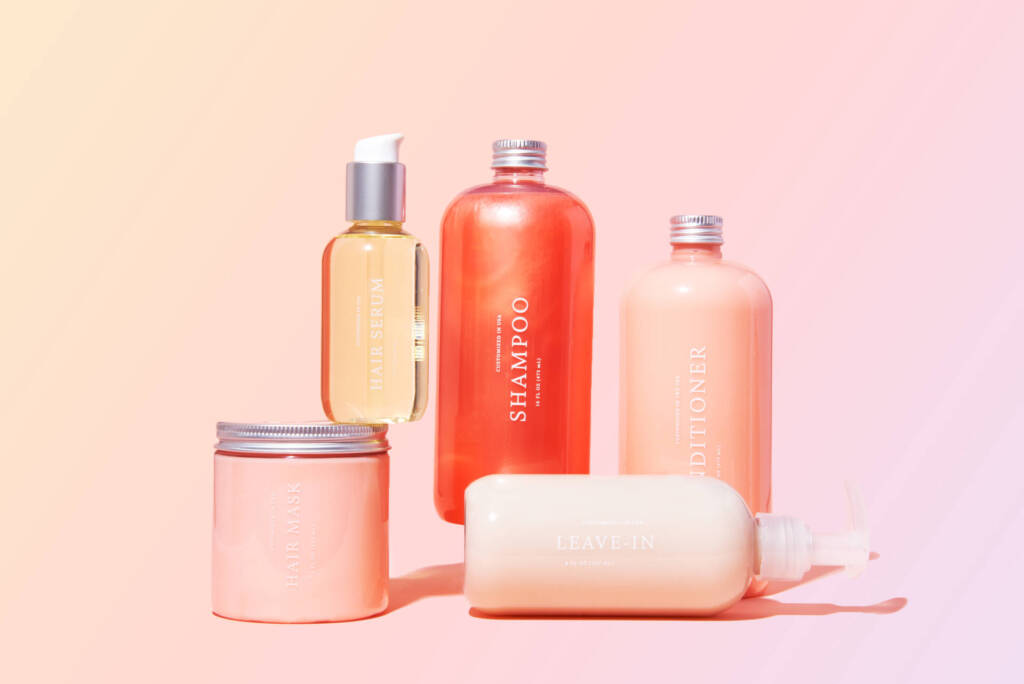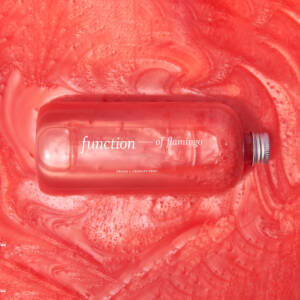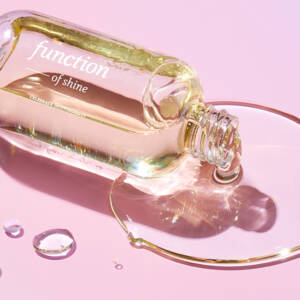I was in a fantasy world where straight hair was best.
I spent years confused and underwhelmed about my hair. As a White woman’s first child with hair that wasn’t wavy like hers, she was lost when it came to the kinks and knots my hair created throughout the day. Because my mom never knew what to do with my curls, I grew up not knowing what to do with them either.
I went from a puff to a low bunny-tail that got me through middle school. In junior high, hello puberty, I started to pay a lot of attention to boys and care too much about their opinions of me.

When boys I liked mentioned how pretty girls with straight hair were, I took that as a sign to go and straighten my hair. I thought their word was gold and that maybe they’d like me if I wore my hair straight. I went so far as to chop off my own hair to create bangs that were way too short for curly hair but did I know that? No. I was in a fantasy world where straight hair was best.
I finally got sick of straightening it because it took hours to do. And wouldn’t you know, the day I went over to my boyfriend’s house with curls instead of straightened locks, he broke up with me. The frizziness of my hair seemed to make him uneasy.
Of course, I was sad but I took it as a sign to finally learn something about my hair.
I had long curls that went past my elbows by the time I got to high school. And despite the 7th-grade mishap with the scissors and the newfound knowledge I had about my curls, I craved change. I dyed my hair purple, then blonde, then black— damaging my hair along the way. I continued to ruin my curl pattern by wearing my hair in a bun and worse, swapping out a flat-iron for a wand to control the curls that fell.
It took me a few more years to realize that my curls weren’t the problem, people were.

The truth is, no matter how much I wanted to be, I was never comfortable with my natural hair. I just felt too anxious every time I stepped out of the house. My curls made people look at me. They made people do dumb things like to touch them without asking. My curls made people forget boundaries and their manners, and I blamed them for it.
It took me a few more years to realize that my curls weren’t the problem, people were. Boys don’t treat you ugly just because you have frizzy hair, they treat you ugly because they’re ugly. People don’t question if your hair is real because it looks fake, they question if your hair is real because it doesn’t look like theirs.
But by then, my curl pattern no longer existed.
In my early 20s, I had gathered enough appreciation for my curls to want to do something about all the damage I had done growing up. I was also exhausted from hiding my bonnet at night when I brought a guy over or pretending I didn’t just go three days without washing my hair.
I committed to the big chop and loved every second of the process.
I felt like my hair didn’t define everything about me. I felt like myself for the first time in my life. I had moved away from home, away from my family, away from classmates who knew me by my hair, and in a way, I started over.

That was the point, my point. To figure out who I was and develop an appreciation for my hair from the roots. And I did, and I do. I love and know myself enough to appreciate my hair for what it is, an extension of me… and not the entirety of me.
When I met a man who brought my bonnet out to me before I crashed in bed after a long day, saying things about facial oils— I knew I could feel comfy with him. I get to sleep next to this man every night who loves my curls in all of its forms and I love how safe I feel with him.





